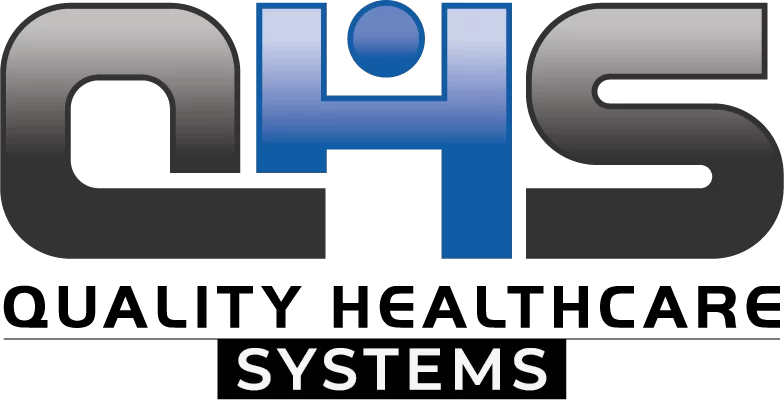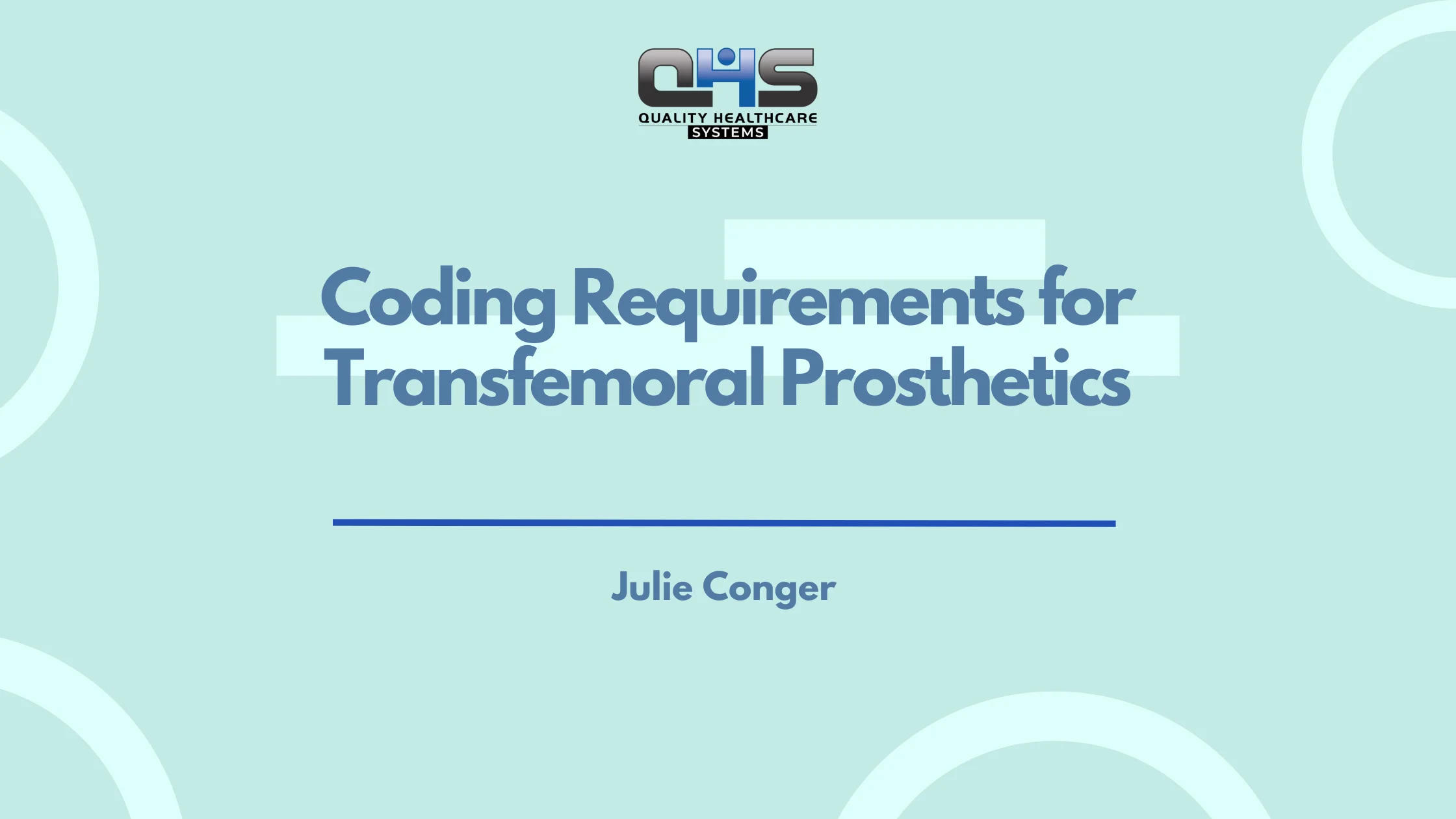A fee schedule in medical billing is a standardized list of predetermined charges that healthcare providers use for specific medical services and procedures. It serves as a reference for billing insurance companies and patients, helping ensure consistency and transparency in healthcare costs.
This document is essential for aligning provider billing with what insurers are willing to pay. It includes service codes, associated fees, and may vary depending on the payer—such as Medicare, Medicaid, or private insurers. Fee schedules also aid in minimizing billing disputes and improving administrative efficiency.
How Do You Define a Fee Schedule in Medical Billing?
In medical billing, a fee schedule defines the maximum amounts healthcare providers can bill for each procedure or service. These amounts are typically pre-negotiated between providers and payers.
A properly structured fee schedule in medical billing allows for uniform pricing, better revenue cycle management, and accurate claim processing. It protects both providers and patients from unexpected charges while supporting compliance with insurance and government program rules.
What Are Fee Schedules and Who Uses Them?
Fee schedules are detailed pricing structures used in medical billing to outline the cost of services offered by healthcare providers. They are critical tools in reimbursement and insurance negotiations.
These schedules are used by various stakeholders:
- Medicare and Medicaid: Government programs with pre-established fee schedules.
- Private Insurers: Insurers negotiate their own versions with healthcare networks.
- Providers: Establish internal billing references to manage pricing consistency.
What’s the Difference Between a Fee Schedule and a Charge Master?
A fee schedule lists insurer-approved reimbursement rates, while a charge master is a hospital’s internal list of all billable services and their full charges before insurance adjustments.
Understanding this difference is key in medical billing. The charge master often includes higher rates that may be discounted based on negotiated insurance rates, whereas the fee schedule reflects the actual payable amount after those negotiations.
| Aspect | Fee Schedule | Charge Master |
| Definition | A list of maximum allowable reimbursement rates agreed upon with payers. | An internal list of all hospital or provider charges before insurance adjustments. |
| Purpose | To standardize billing and ensure payer compliance. | To record the full retail price of all services and supplies offered. |
| Audience | Shared with insurance companies and used for reimbursement. | Primarily used internally by healthcare providers and billing departments. |
| Pricing | Reflects negotiated or regulated reimbursement rates. | Contains higher, non-discounted base charges. |
| Use in Claims | Directly used for insurance billing and patient cost estimation. | Used to generate the initial bill before insurance calculations are applied. |
| Updates | Regularly revised to align with insurer or government payer rules. | Updated by hospitals based on pricing strategy and service costs. |
What Is the Medicare Fee Schedule and How Does It Work?
The Medicare Fee Schedule (MFS) is a comprehensive list of payment rates Medicare uses to reimburse healthcare providers for covered services.
It’s based on Current Procedural Terminology (CPT) codes and includes calculations using Relative Value Units (RVUs), a geographic adjustment, and a national conversion factor.
The Medicare Fee Schedule ensures that healthcare providers are paid consistently for services rendered to Medicare beneficiaries. Here’s how it works in detail:
How the Medicare Fee Schedule Is Structured
- CPT/HCPCS Codes: Every medical service or procedure covered under Medicare is assigned a CPT or HCPCS code, which represents the type of care provided.
- Relative Value Units (RVUs): Each code is associated with RVUs that account for:
- Work RVUs: Time, skill, and intensity of the service.
- Practice Expense RVUs: Overhead costs of running a practice.
- Malpractice RVUs: Liability insurance costs.
- Geographic Practice Cost Index (GPCI): RVUs are adjusted based on regional cost variations. For example, providers in high-cost urban areas receive higher payments than those in rural areas.
- Conversion Factor (CF): This is a dollar amount used to convert RVUs into actual payment. The formula is:
Medicare Reimbursement = (RVU × GPCI) × Conversion Factor
- Also Read: Best Denial Management Companies in USA
How Do Medicaid Fee Schedules Differ by State?
Medicaid fee schedules differ by state due to varying reimbursement models, regional cost adjustments, and service-specific policies. Each state sets its own rates within federal guidelines, leading to wide payment variations for the same medical procedures.
Key Reasons Medicaid Fee Schedules Vary by State
- Reimbursement Model: States use different models like fee-for-service, managed care, or hybrid systems. These models directly affect provider payment rates.
- Medicare Benchmarking: Some states tie Medicaid fees to Medicare rates. For example, New York sets many Medicaid rates at 80% of Medicare’s fee-for-service amounts.
- Regional Cost Adjustments: States apply geographic modifiers to account for local cost of living. Higher-cost areas receive higher reimbursement.
- Service-Specific Rates: Fee schedules are customized per service. Pennsylvania, for instance, uses separate schedules for dental, ambulance, and early intervention services.
- Update Frequency: States revise fee schedules on different timelines. West Virginia updates annually; others may adjust less frequently.
Verified State Examples
| State | Policy | Source |
| Indiana | Uses minimum fee-for-service schedules even in managed care. | IN.gov |
| New York | Sets rates at 80% of Medicare for non-facility services. | Health.NY.gov |
| North Dakota | Caps reimbursement at the lower of billed charges or state maximum. | HHS.ND.gov |
| Pennsylvania | Maintains multiple schedules by service type. | PA.gov |
| West Virginia | Fee schedules updated annually on a fixed calendar. | DHHR.WV.gov |
What Are Commercial Insurance Fee Schedules in Medical Billing?
Commercial fee schedules in medical billing are negotiated rates between private insurers and healthcare providers. These determine how much a provider will be reimbursed for services under each insurance plan.
Examples include:
- UnitedHealthcare Fee Schedule
- Humana Fee Schedule
- Guardian Fee Schedule
These agreements vary widely depending on service type, location, and provider contracts. Staying updated with these schedules is essential for accurate claim submissions and revenue cycle optimization.
What Are Examples of Services Listed in a Fee Schedule?
Common examples of services included in a fee schedule in medical billing are CPT-coded procedures with set reimbursement rates. These codes make medical billing more accurate and standardized.
| CPT Code | Service Description | Category | Typical Use Case | Reimbursement Notes |
| 99213 | Office/outpatient visit for established patient | Evaluation & Management | Routine check-up or minor issue follow-up | Varies widely; ~$75–$125 depending on payer and region |
| 99214 | Moderate-complexity office visit | Evaluation & Management | Follow-up with management changes or new complaints | ~$110–$160 under many commercial payers |
| 93000 | Electrocardiogram (ECG), routine with interpretation | Diagnostic Testing | Cardiac screening or chest pain evaluation | Commonly reimbursed at ~$30–$50 by Medicare |
| 36415 | Routine venipuncture (blood draw) | Laboratory Service | Blood collection for labs | Often reimbursed around $3–$6; bundled in some payer models |
| 80050 | General health panel (CMP, CBC, TSH) | Lab Panel | Annual physical or general health screening | Negotiated per payer; commercial payers ~$50–$90 |
| 20610 | Joint injection (major joint or bursa) | Procedure | Cortisone injection for knee or shoulder pain | Medicare average ~$60–$90; higher in commercial plans |
| 90471 | Immunization administration (single vaccine) | Preventive Service | Flu shot, Tdap, etc. administration | Typically reimbursed at ~$15–$25 |
| 81002 | Urinalysis, non-automated without microscopy | Laboratory Testing | UTI screening or routine exams | ~$4–$8 depending on payer |
| 11102 | Shave biopsy of skin lesion | Minor Procedure | Skin cancer screening or mole removal | Medicare reimbursement ~$60; commercial varies |
| 12001 | Simple wound repair (2.5 cm or less) | Surgical Procedure | Minor cuts and abrasions | Medicare average ~$75; payer-specific rates apply |
How Are Fee Schedules Used in Workers’ Compensation?
A fee schedule in workers’ compensation outlines how much providers are paid for treating work-related injuries. These schedules are created to control costs and maintain fairness in care delivery.
They differ from regular schedules by incorporating injury-specific guidelines and legal regulations. Providers must follow these fee schedules closely to ensure reimbursement for occupational health services.
How Do Fee Schedules Apply to Dental and Vision Care?
Dental and vision care have separate fee schedules that specify costs for services like exams, fillings, and corrective lenses. These are also negotiated with insurers or set internally by providers.
Because dental and vision benefits often differ from standard health insurance, the fee schedule in medical billing for these specialties helps avoid confusion and improve payment predictability.
Read:
| Cardiology Medical Billing 101 |
| Orthopedic Medical Billing 101 |
| Radiology Medical Billing 101 |
| Orthotics Medical Billing 101 |
| Phsycian Medical Billing 101 |
How Often Are Fee Schedules Updated and Why?
Fee schedules are regularly reviewed and updated to reflect changes in healthcare economics, medical technologies, and policy guidelines. This ensures reimbursement rates stay fair and relevant.
Updates may occur annually or semi-annually and are usually published by:
- Medicare/Medicaid agencies
- Insurance companies
- Provider networks
Providers must stay current with updates to maintain compliance and avoid claim denials.
“To ensure availability for all patients, we charge a $50 fee for appointments missed without notice.”
Success Story: Discover how Medical Home Care Services achieved financial sustainability through tailored billing solutions
Conclusion
The fee schedule in medical billing is a vital tool for establishing consistent, transparent pricing in healthcare. It impacts how providers bill, how insurers reimburse, and how patients are charged.
Whether you’re working with Medicare, Medicaid, or private insurers, understanding and using fee schedules correctly is essential for revenue integrity and operational success. Staying informed and compliant with updated schedules helps maintain financial health for any healthcare organization.
Related Posts:
- Medical Billing for Artificial Limbs
- Medical Billing for Orthopedic Support
- Medical Billing for Hemipelvectomy Prosthetic
- Medical Billing for Spinal Orthoses
- Prosthetic Billing for Lower Limbs






